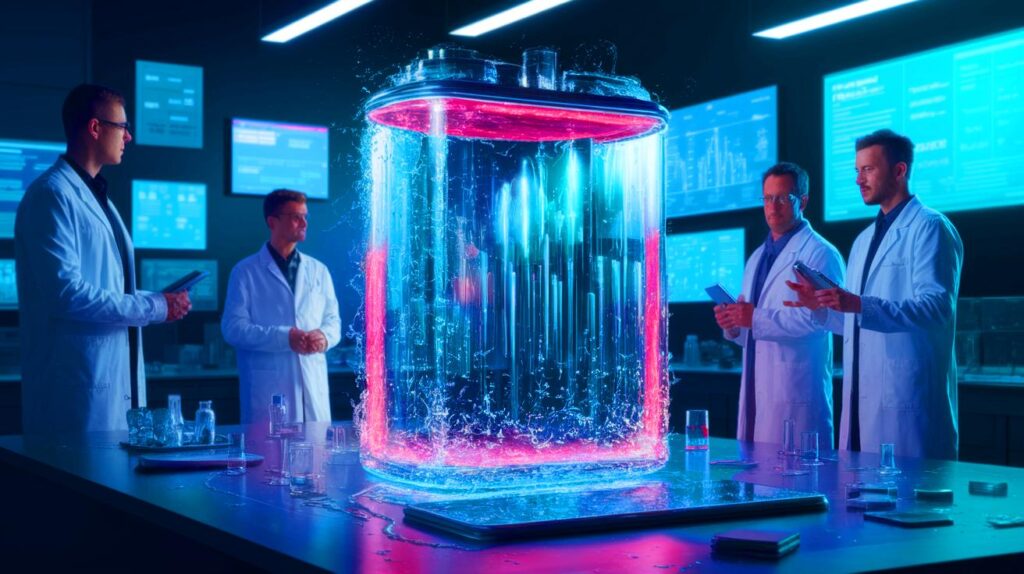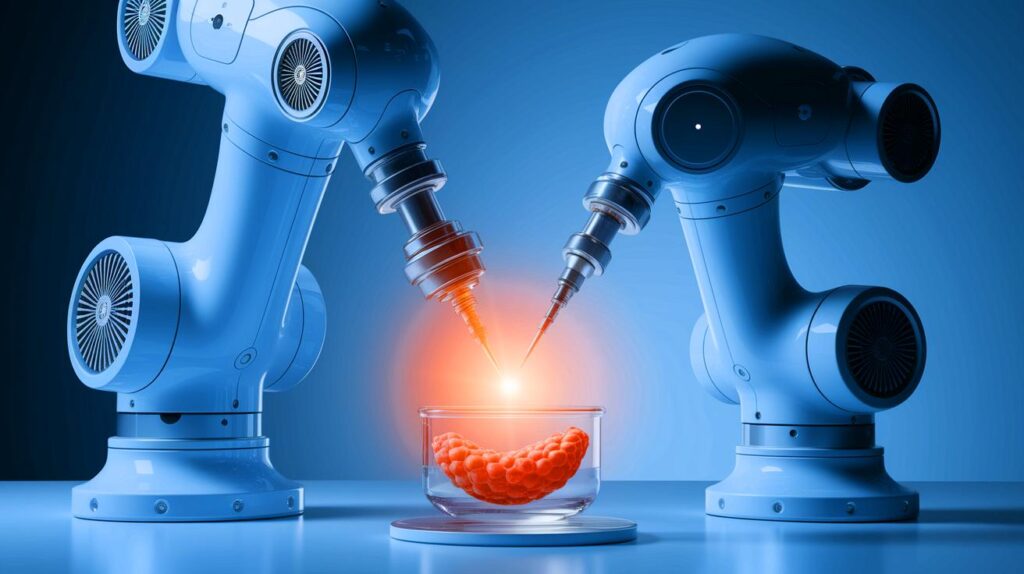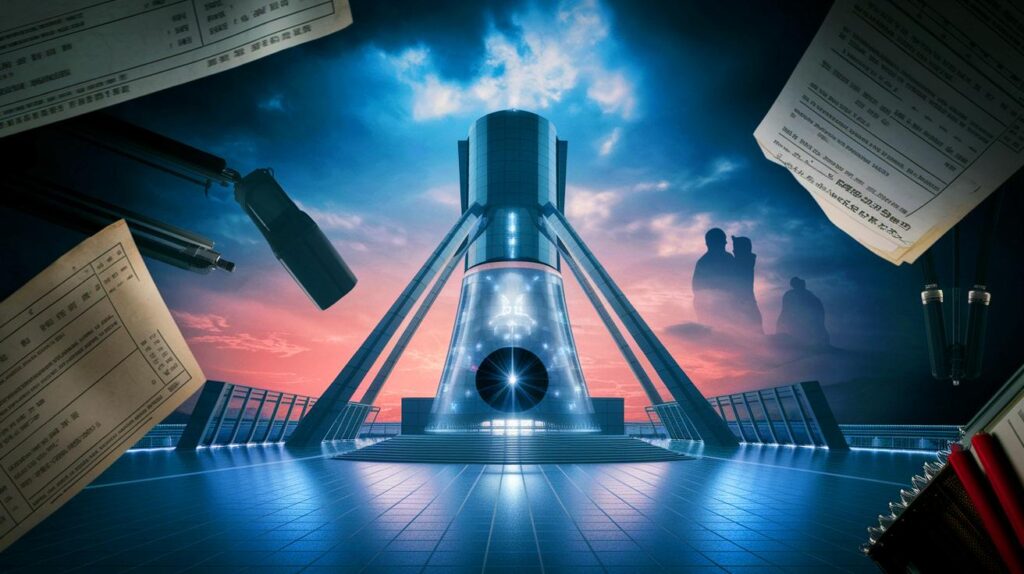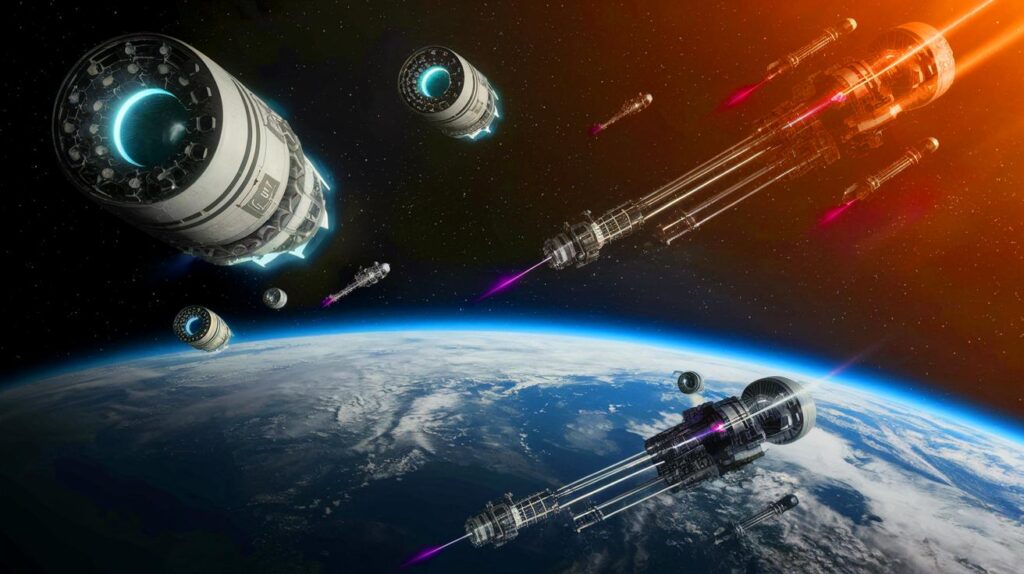| In Brief |
|
Recent research in water-based batteries has reached a critical milestone thanks to the University of Maryland. Researchers have developed a new electrolyte that could revolutionize energy storage. This innovation paves the way for high-energy-density energy devices capable of transforming various sectors, from electric aviation to large-scale low-carbon grid storage. The potential impact of this advancement is immense, promising to overcome the technical barriers that previously limited aqueous batteries.
Reduction of Aqueous Electrolyte Reduction Potential
One of the main obstacles to the effectiveness of aqueous batteries has always been the limited reduction potential of the electrolytes. Traditionally, this potential was capped at 1.3 V, hindering energy density. However, the new electrolytic system developed by the research team led by Professor Wang Chunsheng has successfully expanded this limit to an impressive 0.0 V. This breakthrough opens the door to high energy density aqueous batteries capable of exceptional performance.
Tests have shown that the battery model utilizing this new electrolyte has maintained stable performance after more than 2,000 cycles. This demonstrates outstanding long-term durability. According to Xiyue Zhang, postdoctoral researcher and lead author of the study, the key to success lies in developing bi-layer aqueous/organic electrolytes without a membrane, which reduces interfacial resistance and mixing between aqueous and organic phases.
Safety and Ecological Nature
Water-based electrolytes offer significant advantages in terms of safety and environmental friendliness compared to traditional electrolytes. These features are essential for next-generation energy storage devices. However, the main challenge remains their narrow electrochemical stability window, which limits the operating voltage of aqueous batteries, restricting energy density and the range of applications for these batteries.
With the new technology, these limitations are overcome. Researchers at UMD emphasize that this advancement is not just a technical breakthrough but also offers promising prospects for the future of sustainable and safe energy storage solutions. Safety and ecology are at the heart of this innovation.
Potential for a Wide Range of Applications
The method developed by researchers at the University of Maryland overcomes previous challenges, and their technology could transform numerous fields. Potential applications range from electric aviation, which could benefit from significant weight reduction and increased range, to storage on low-carbon electricity grids. Furthermore, the technology could also facilitate lithium extraction from seawater, enhancing the efficiency and sustainability of lithium resources.
Research published in the journal Nature Nanotechnology reveals that aqueous/non-aqueous electrolytes previously suffered from biphasic mixing and high impedance as lithium ions passed through the biphasic interface. These technical challenges are now resolved thanks to the use of lithium ionophores, such as 12-crown-4 and tetraglyme, which form Li+(ionophore) nanoclusters in both non-aqueous and aqueous phases.
Innovation and Challenges of Biphasic Electrolytes
The latest innovation overcomes interface challenges in biphasic electrolytes, a major obstacle in developing high-energy-density batteries. Researchers propose using specific ionophores to facilitate the formation of nanoclusters in aqueous and non-aqueous phases, thereby reducing mixing and impedance problems.
Traditional aqueous electrolytes offered a stability window of 3.0 V but were incompatible with lithium or graphite metal anodes. This incompatibility limited the increase in energy density for aqueous batteries. Today, this innovation not only pushes the boundaries of aqueous electrolyte development but also provides a theoretical and technological foundation for future energy storage systems.
The question remains: how will this innovation concretely transform our daily lives? The energy and transportation sectors are currently undergoing significant changes, and this new technology could play a key role in their evolution. What applications will emerge first, and how will they impact our environment and society?







